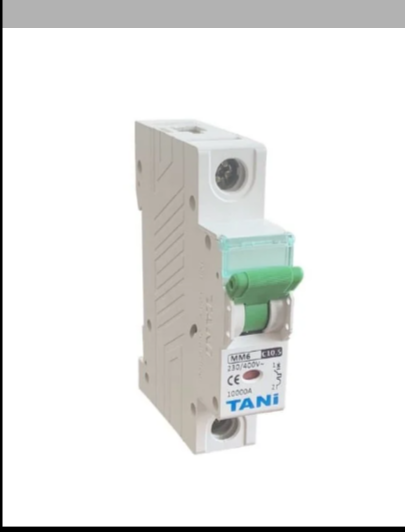Links: |
 |
Circuit Breaker Panels: What You Need to Know
Introduction
Circuit breaker panels, also known as breaker boxes or electrical panels, are critical components of your home's electrical system. They house circuit breakers that protect your home from electrical overloads and fires by interrupting the flow of electricity when necessary. Understanding the basics of circuit breaker panels is essential for maintaining a safe and functional electrical system. This blog will cover the key components, types, and maintenance tips for circuit breaker panels.
Components of a Circuit Breaker Panel
Main Breaker: The main breaker controls the flow of electricity from the utility into your home. It can be used to shut off power to the entire house in case of an emergency or maintenance.
Branch Circuit Breakers: These breakers control the flow of electricity to individual circuits in your home, such as those for lights, outlets, and appliances. Each breaker is sized to match the electrical load of its circuit.
Bus Bars: Bus bars are metal strips or bars that conduct electricity within the panel. They connect the main breaker to the branch circuit breakers and distribute power throughout the panel.
Neutral Bar: The neutral bar is a terminal block where the neutral wires from the circuits are connected. It provides a return path for current back to the utility.
Ground Bar: The ground bar is a terminal block where the ground wires from the circuits are connected. It provides a path for stray electrical currents to safely dissipate into the ground.
Cover: The panel cover protects the breakers and internal components from dust, debris, and accidental contact. It also serves as a safety barrier to prevent shock.
Types of Circuit Breaker Panels
Main Lug Panel: This type of panel does not have a main breaker and is typically used as a subpanel connected to a main panel. It is commonly used for additional circuits in an expansion or renovation.
Main Breaker Panel: This panel has a built-in main breaker that controls the power to the entire panel. It is commonly used in residential and commercial applications.
Fuse Box: While not a circuit breaker panel, a fuse box serves a similar purpose. It contains fuses that blow when overloaded, interrupting the flow of electricity. Fuse boxes are less common in modern homes.
Maintenance Tips for Circuit Breaker Panels
Regular Inspection: Periodically inspect your circuit breaker panel for signs of damage, corrosion, or overheating. Look for loose wires or connections.
Labeling: Ensure that each circuit breaker is correctly labeled to identify which circuit it controls. This makes it easier to troubleshoot and turn off specific circuits when needed.
Upgrading: If your panel is old or does not meet current electrical codes, consider upgrading to a newer panel with more capacity and improved safety features.
Professional Inspection: Have a qualified electrician inspect your circuit breaker panel at least once every few years to ensure it is in good working condition and meets safety standards.
Avoid Overloading: Do not overload your circuits by plugging in too many devices. Use power strips with built-in circuit breakers to protect against overloads.
Conclusion
Circuit breaker panels are essential for safely distributing electricity throughout your home. Understanding the components, types, and maintenance tips for circuit breaker panels can help you ensure that your electrical system remains safe and reliable. By keeping your panel well-maintained and up-to-date, you can protect your home from electrical hazards and enjoy peace of mind knowing that your electrical system is in good condition. |

